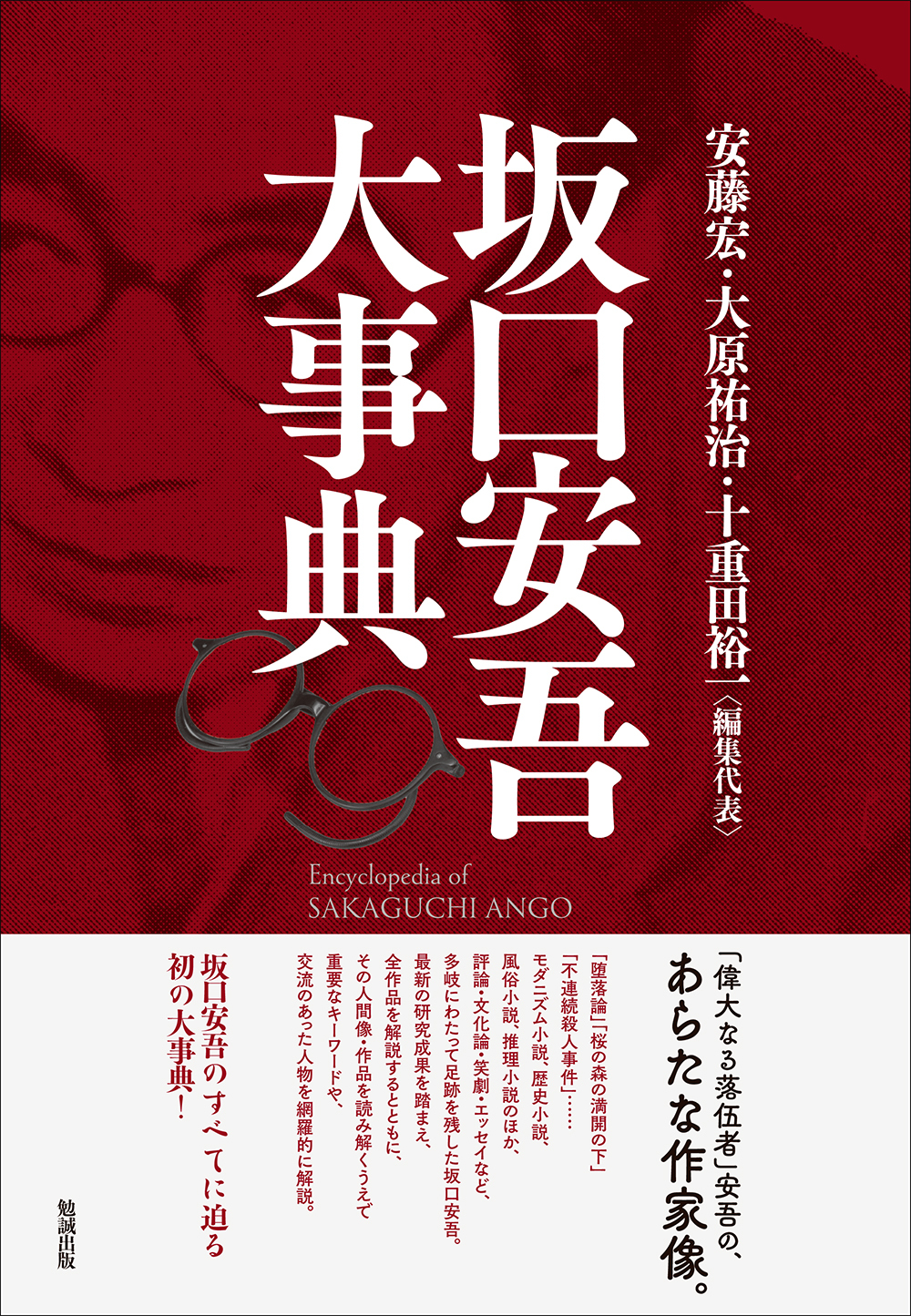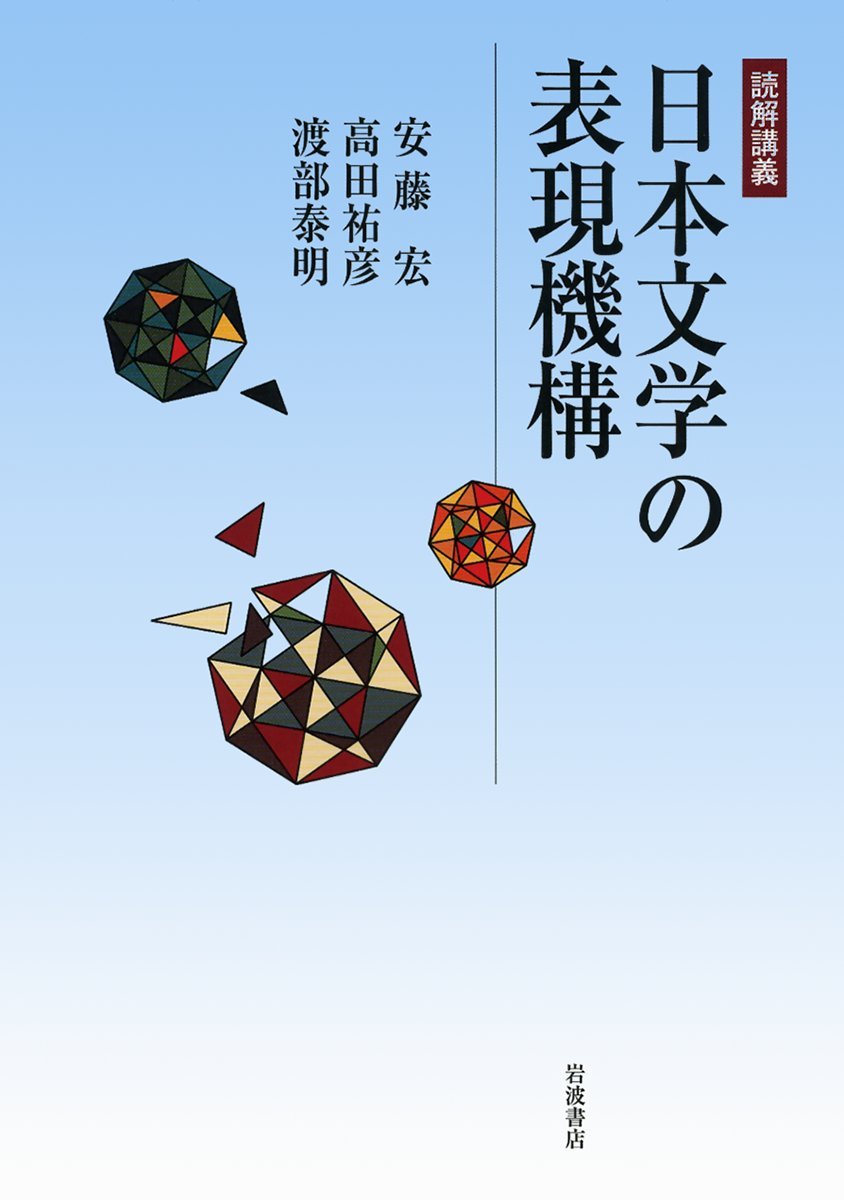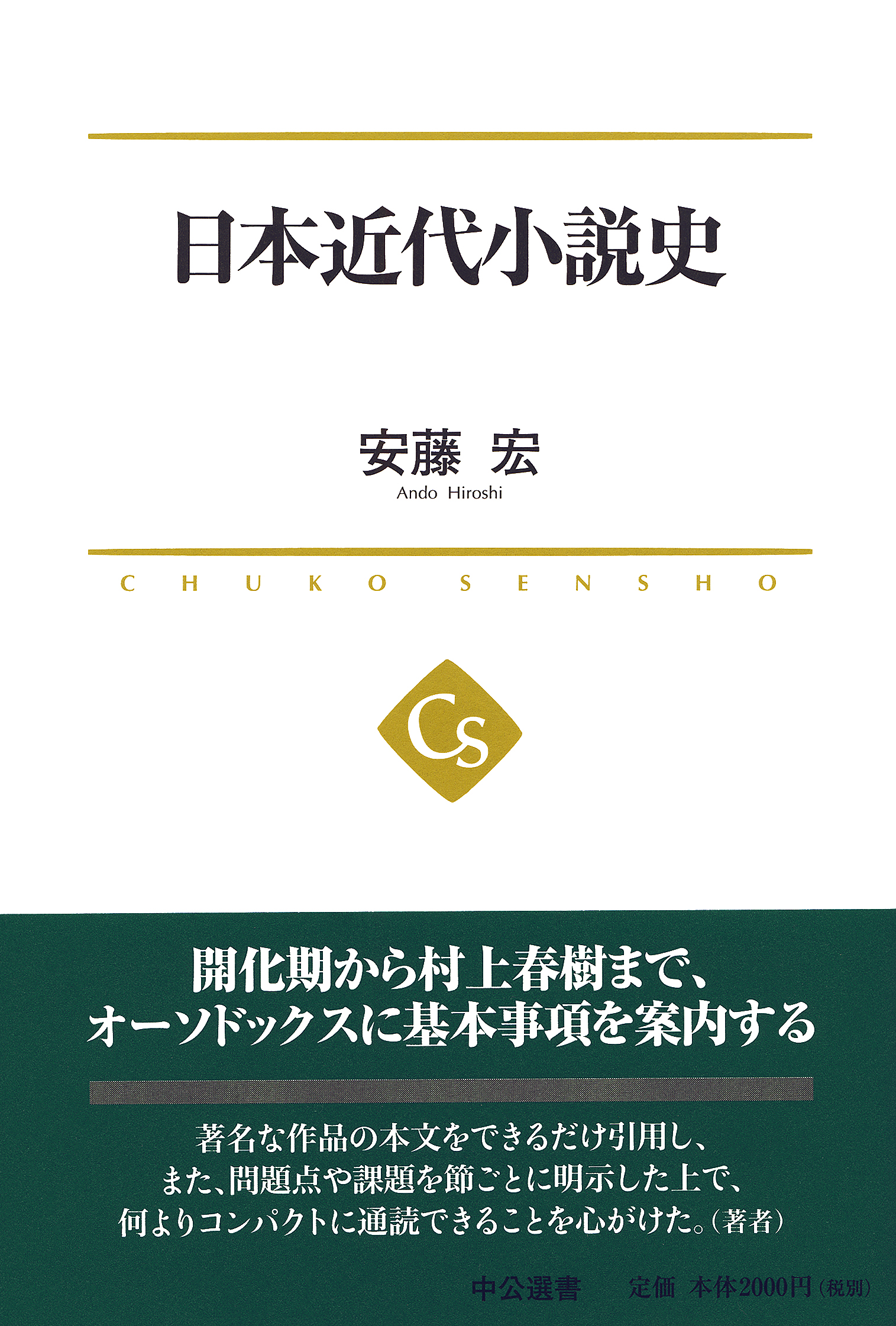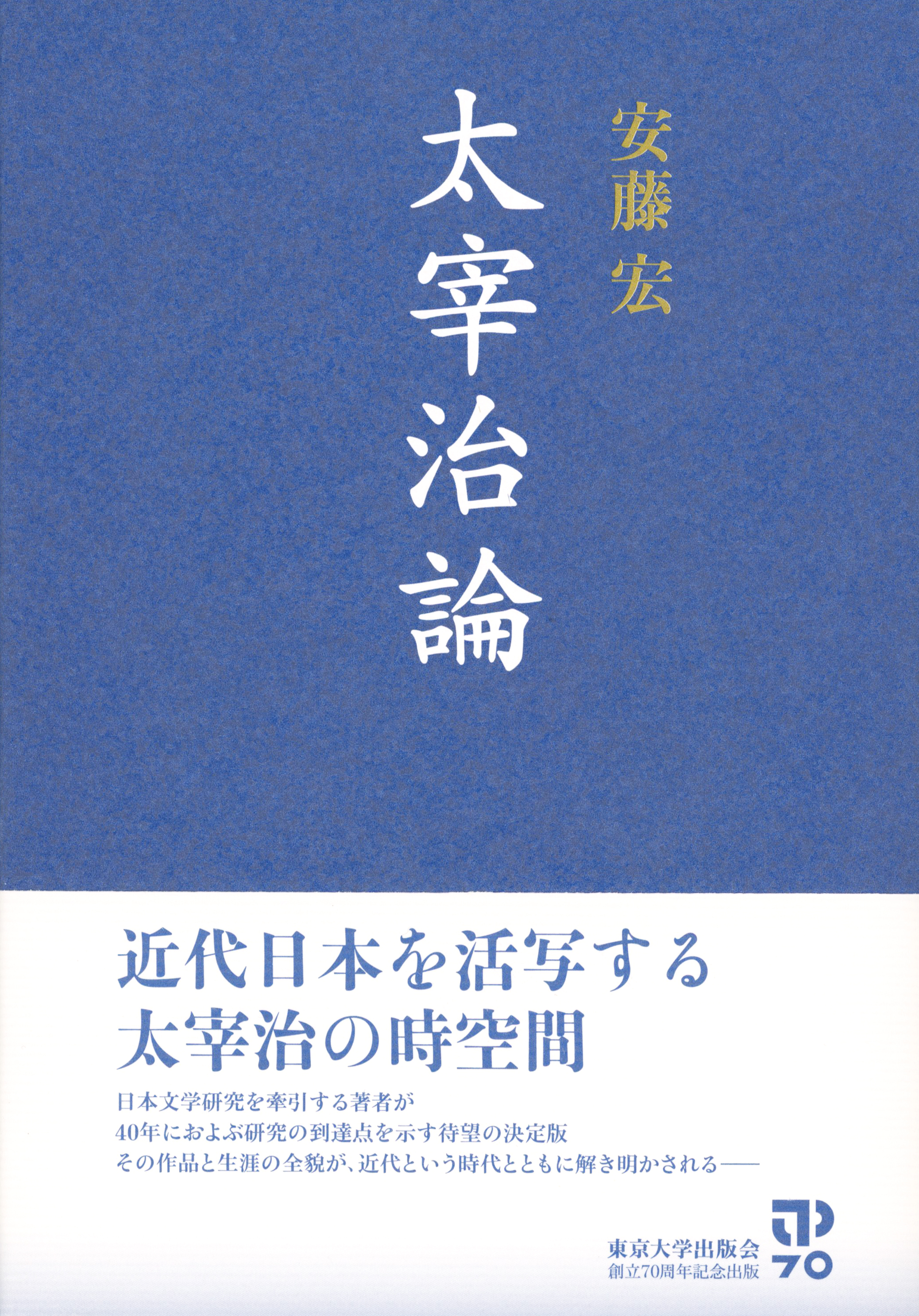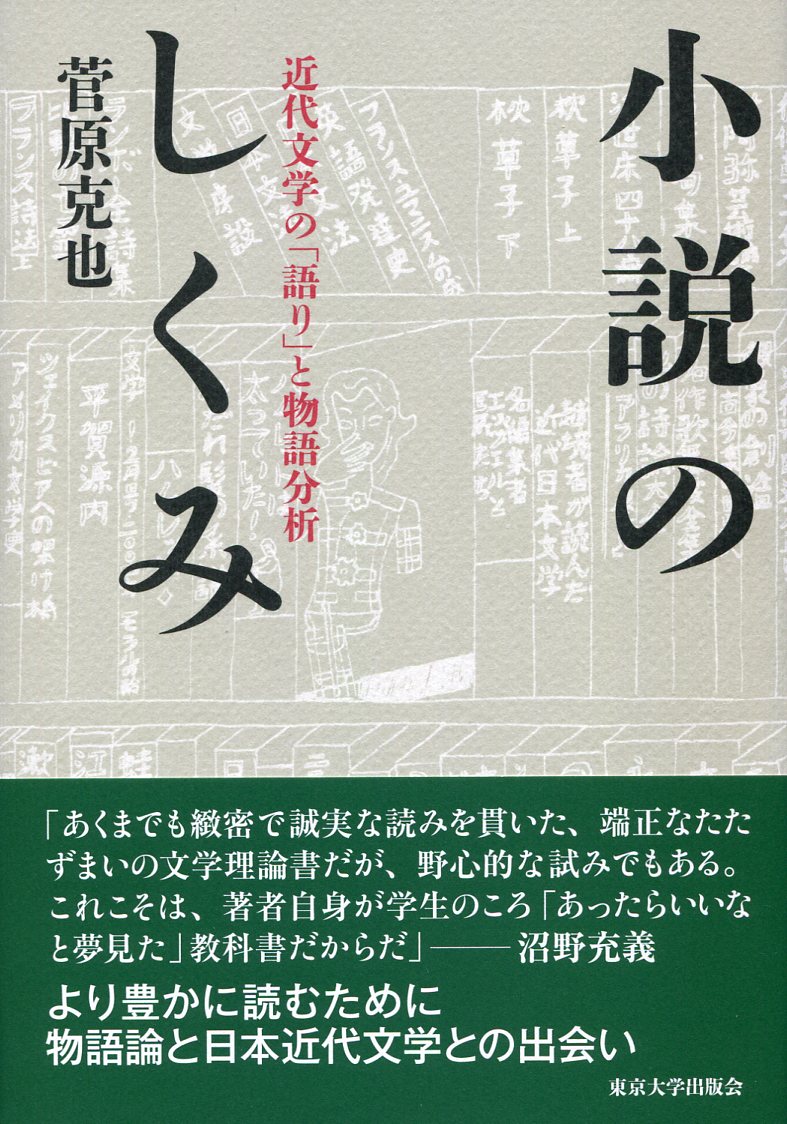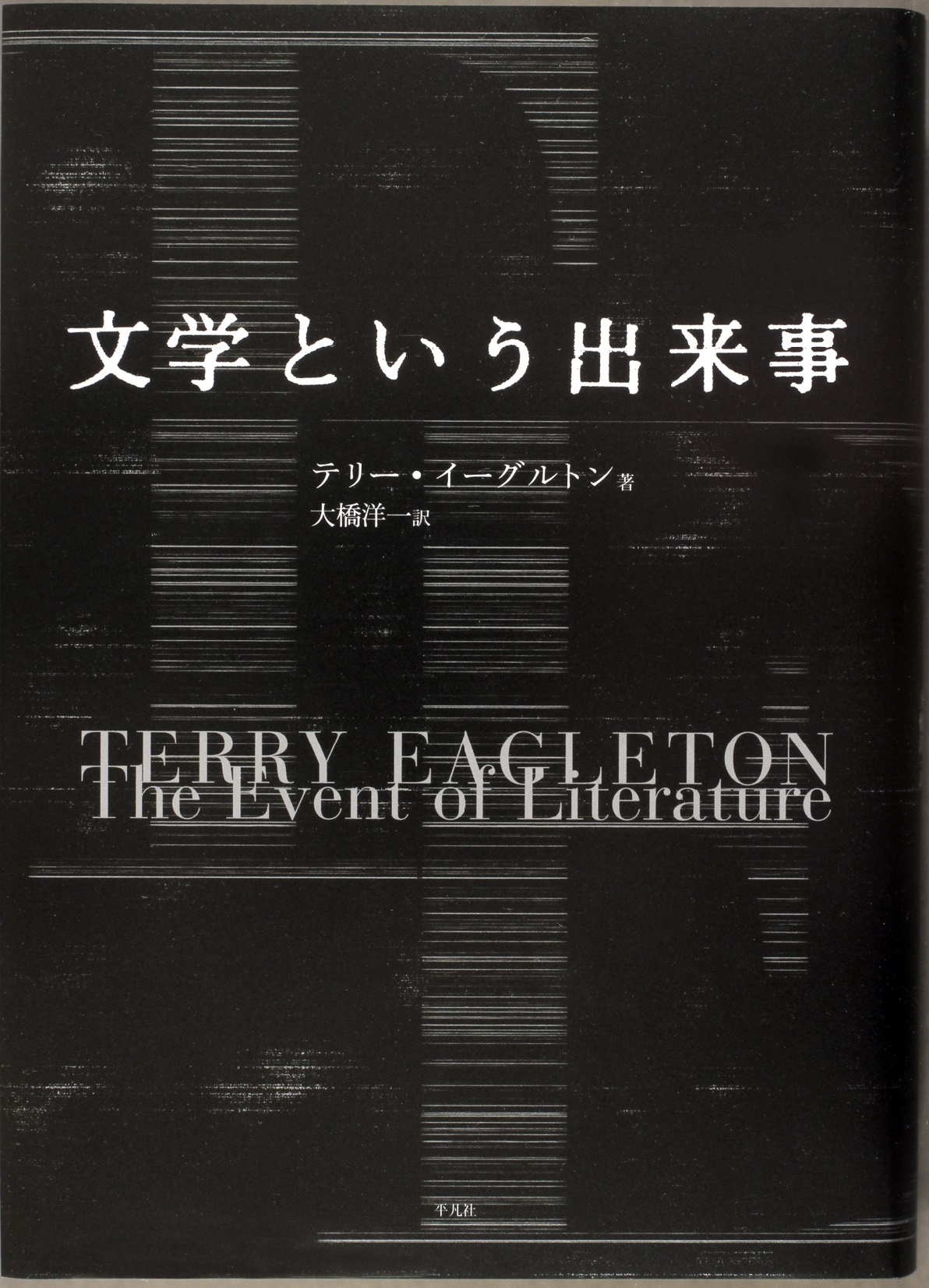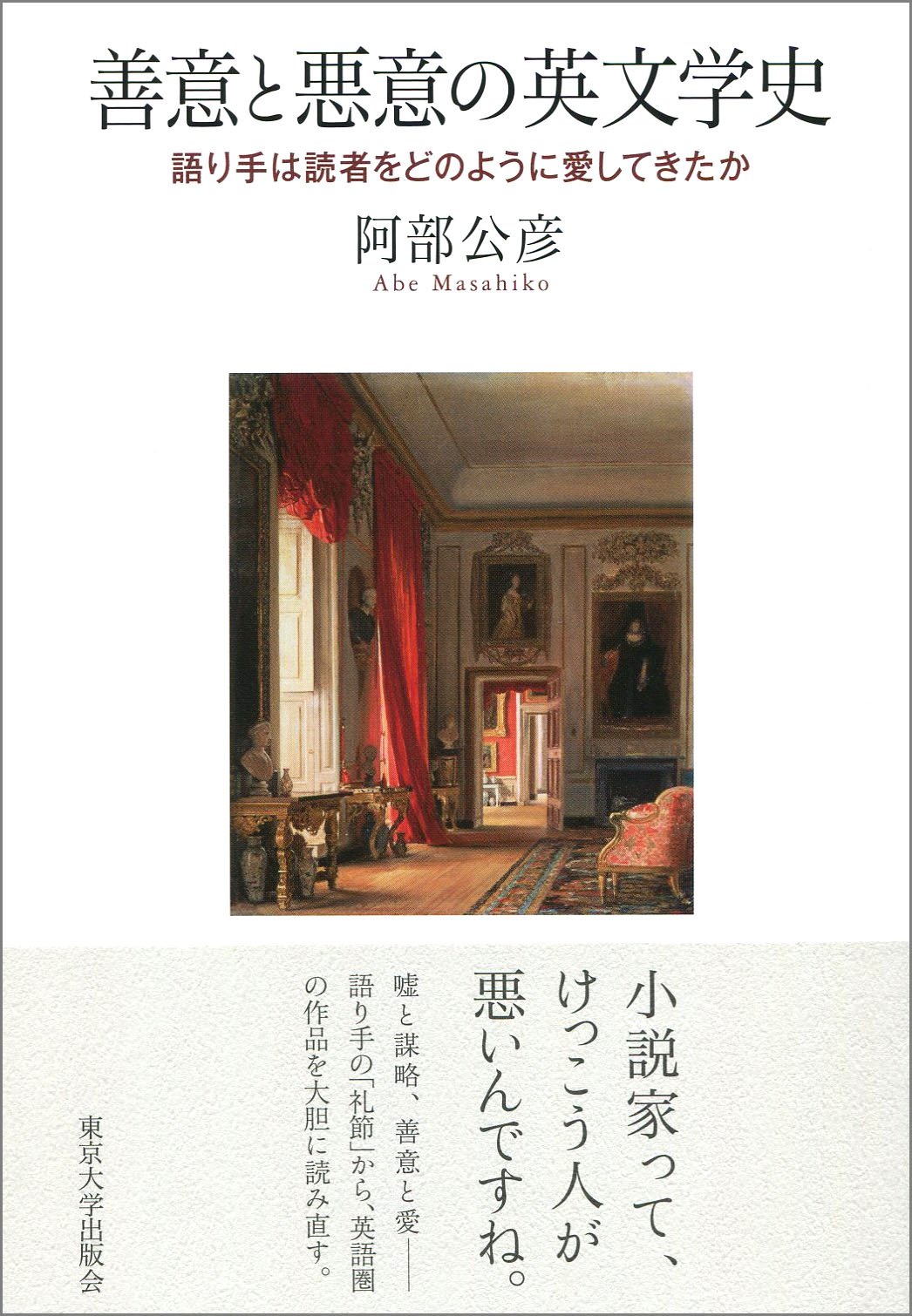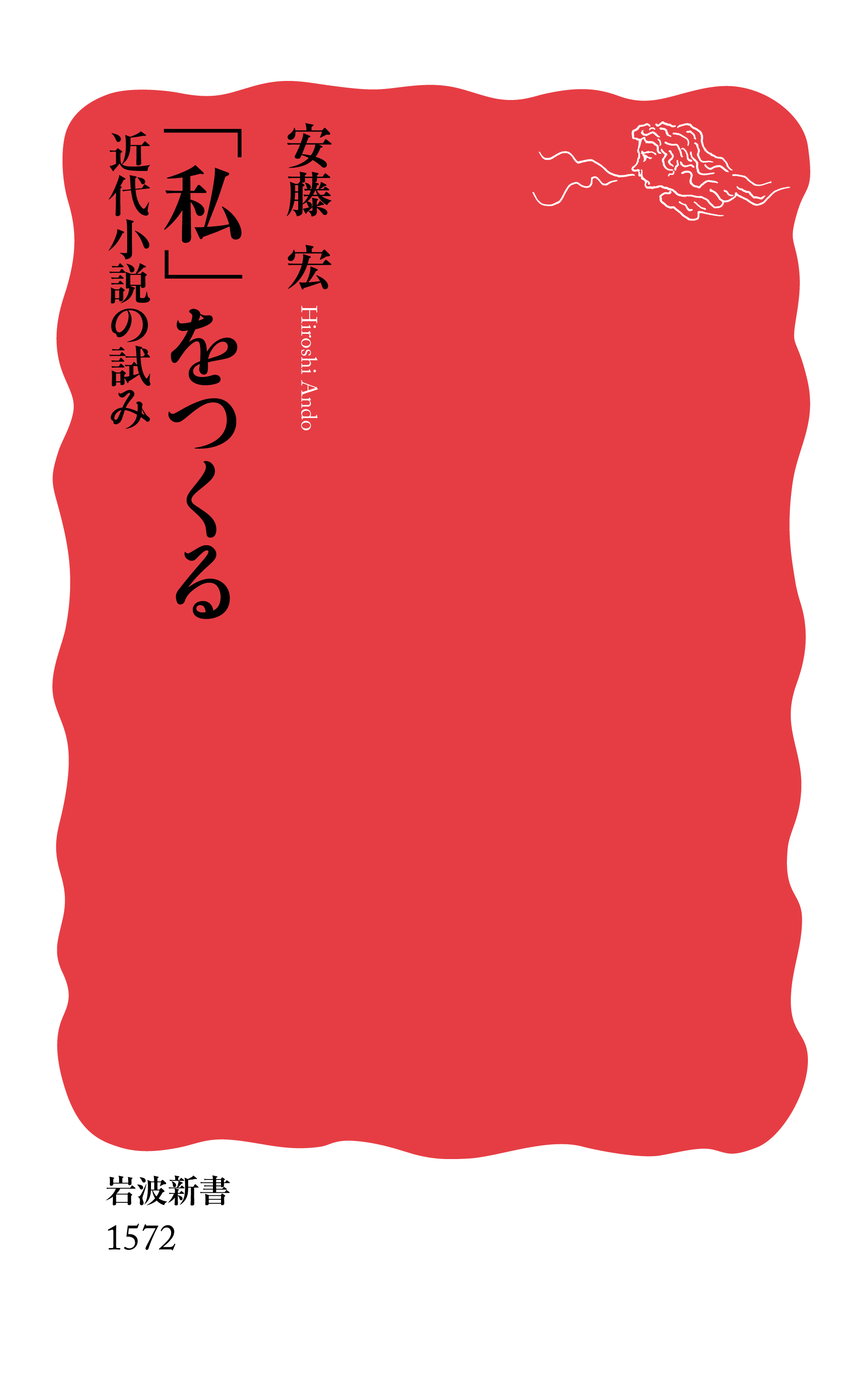
Title
Iwanami Shinsho “Watashi” wo Tsukuru (Creating the “I”- An Examination of Modern Japanese Novels)
Size
224 pages, paperback pocket edition, softcover
Language
Japanese
Released
November 20, 2015
ISBN
978-4-00-431572-8
Published by
Iwanami Shoten
Book Info
See Book Availability at Library
Japanese Page
This book provides an introduction to modern Japanese novels for high school and university students, as well as for the general reader. However, this book is not a comprehensive compilation of authors, literary works, and literary history. Rather, in light of the distinctive modes of expression used in modern novels, this book focuses on textual features and presents key points that demonstrate the characteristics typical of modern Japanese novels in a broad and easy-to-understand manner.
The theory underlying this book is that a characteristic of the Japanese language is the first-person ‘I’ existing implicitly behind narrative accounts and performing various roles within the world of the novel. This theory proposes a new perspective in the interpretation of the novel. Through application of this interpretive method, some interesting points are raised concerning various rules of expression in Japanese novels, providing the reader with crucial insights when considering the characteristics of modern Japanese modes of expression.
In modern times and later, the content of Japanese novels as a genre has changed greatly as a result of Western influence. The first major change was in the writing style, which changed significantly as a result of the “genbun itchi movement” that aimed to align the written language with the colloquial style. The other change was the introduction of the concept of the personal pronoun, which led to various experiments concerning perspective setting in the novel in Japanese. This book explains the history and development of modern Japanese novels from such a representation theory perspective in a manner that is easy to understand.
A common feature of the modern Japanese novel is that of “autobiographical stories,” in which the author relates parts of his/her own life story. Various debates have been conducted in the past regarding the evaluation of this style. In this book, the autobiographical style is reevaluated from a unique standpoint, allowing the reader to understand which parts of “autobiographical stories” have been previously viewed as problematic, as well as the issue of how the debate itself has been conducted.
In this book, notable works by writers representative of modern Japanese literature, including Soseki Natsume, Ogai Mori, Naoya Shiga, and Osamu Dazai, are cited abundantly, with new interpretations of their work presented. Through these notes, the readers can rediscover the appeal of modern Japanese novels. In this sense, this book serves as an introductory text to literature studies, as well as a guidebook that specifically instructs its readers in the reading and understanding of novels.
As a side note, reading A History of Modern Japanese Novels by the same author in conjunction with this book will further aid your understanding of this subject.
(Written by ANDO Hiroshi, Professor, Graduate School of Humanities and Sociology / 2018)



 Find a book
Find a book


